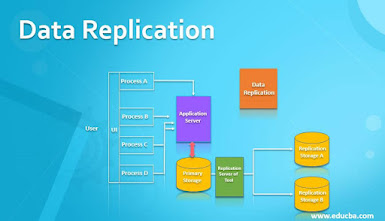An Overview of AWS ETL Tools and How to Choose the Right One
Extract, Transform, Load (ETL) is an essential process for any organization that deals with large volumes of data. AWS offers a range of ETL tools that can help you extract data from various sources, transform it, and load it into AWS services for analysis and storage. In this article, we'll provide an overview of AWS ETL tool and how to choose the right one for your needs.
AWS Glue is a fully managed ETL service that enables you to extract data from various sources, including Amazon S3, JDBC, and Amazon RDS. It also provides a visual editor for creating ETL jobs and a built-in Apache Spark engine for data processing. With Glue, you can transform and load data into Amazon Redshift, Amazon EMR, and other AWS services.
AWS Data Pipeline is another ETL service that enables you to move and transform data across AWS services and on-premises environments. It supports various data sources and destinations, including Amazon S3, DynamoDB, RDS, and Redshift. Data Pipeline also provides pre-built templates for common ETL use cases and a visual editor for creating custom ETL workflows.
AWS AppSync is a GraphQL service that provides real-time data synchronization and offline data access for mobile and web applications. It can also be used as an ETL tool for processing and transforming data before sending it to other AWS services, such as S3, DynamoDB, and Elasticsearch.
AWS Glue Elastic Views is a service that
enables you to create materialized views across multiple data sources and keep
them in sync with the underlying data. It supports various data sources,
including relational databases, NoSQL databases, and S3. With Elastic Views,
you can create ETL workflows that transform and aggregate data from multiple
sources and store the results in a single view.
To choose the right AWS ETL tool for your needs, you need to consider factors such as the complexity and volume of your data, the source and destination of your data, and your budget and technical expertise. If you need a fully managed ETL service with a built-in Spark engine and visual editor, AWS Glue may be the best option. If you need to move and transform data across multiple AWS services and on-premises environments, AWS Data Pipeline may be a better fit. If you need real-time data synchronization and offline data access for mobile and web applications, AWS AppSync may be the right choice. Finally, if you need to create materialized views across multiple data sources, AWS Glue Elastic Views may be the tool for you.
In conclusion, AWS offers a range of ETL tools that can help you extract, transform, and load data from various sources and load it into AWS services for analysis and storage. Consider the factors outlined above to choose the right AWS ETL tool for your needs and ensure a seamless and efficient data transformation process.




Comments
Post a Comment